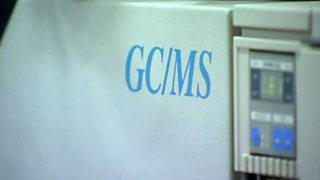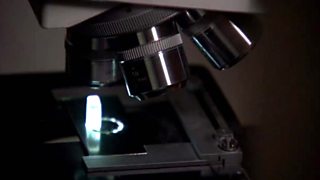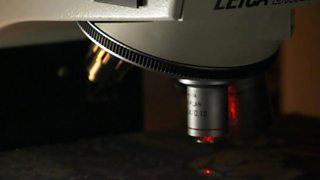X-radiation (X-ray)
X-rays are a non-destructive way of inspecting a painting to examine the condition of a picture.
This helps discover what materials and techniques the artist used.

X-rays can easily penetrate low-density materials such as the canvas and the canvas support. This means you can quickly and easily spot any conservation problems such as holes, tears or pests. You can also see if there are any old repairs or patches without having to touch the picture.
Denser areas of a painting will show up lighter on an X-ray so you can also use this technique to identify alterations and over-painting. If you can show that the artist changed their mind during the process of creating a picture this can be a good indicator of whether it is an original.
With an original you would expect the artist to change their mind and for the painting to evolve. If it is a copy or pastiche the artist is usually more confident what the painting should look like from the outset.
X-ray can also reveal hidden paintings. Perhaps the artist re-used a canvas or support. This can all be useful information when making decisions about attribution.
Other techniques
-
![]()
Gas chromatogrpahy–mass spectometry (GC-MS)
For identifying the binding medium in paint
-
![]()
Infrared radiation (IR)
For looking under the surface of a painting
-
![]()
Microscopy
For identifying each layer of paint
-
![]()
Multispectral scan
For seeing through each layer of paint
-
![]()
Raman laser spectroscopy
For identifying pigments used in a painting
-
![]()
Thread count
For comparing canvas types
-
![]()
X-ray fluorescence
For analysing the pigments used in a painting







